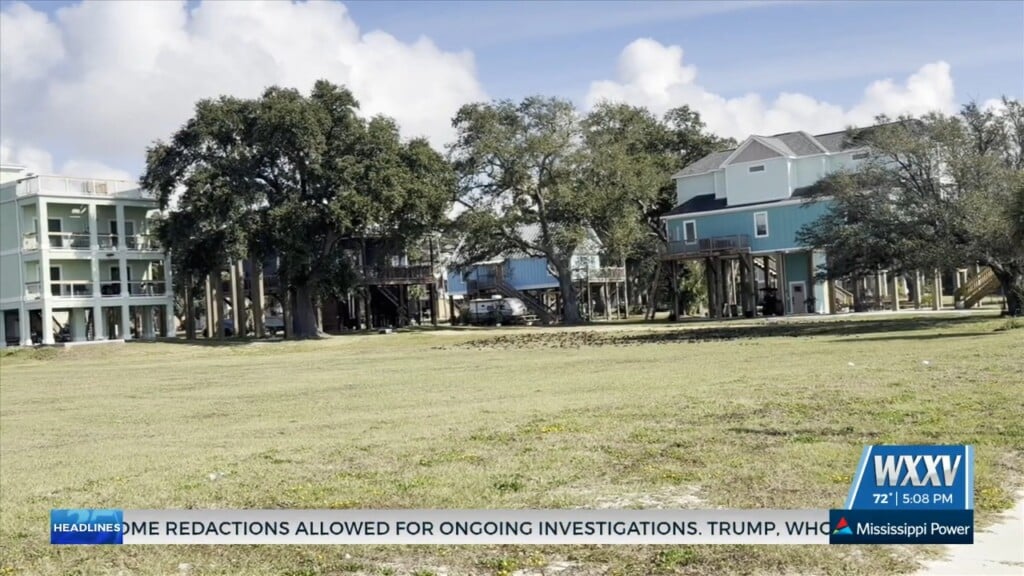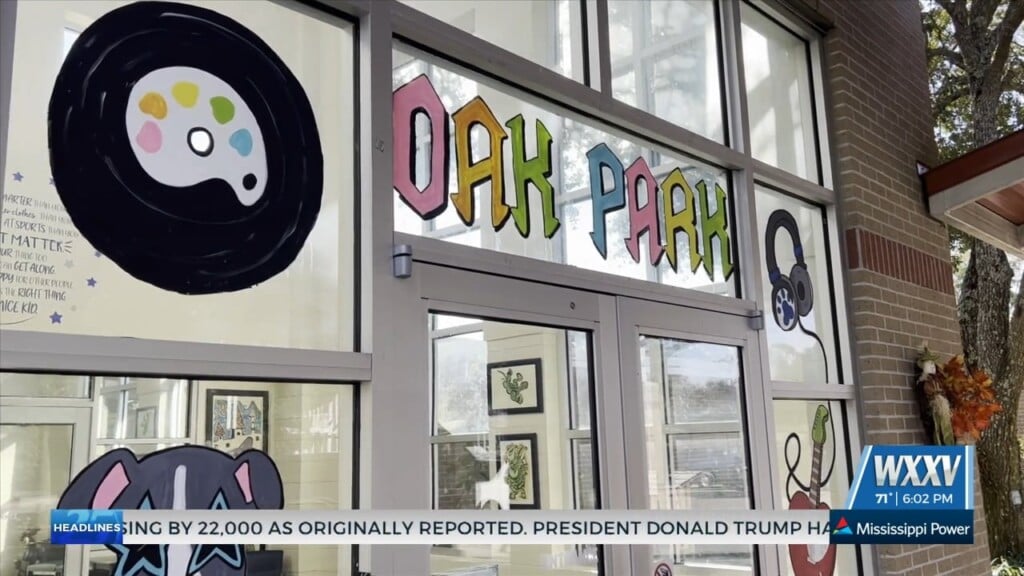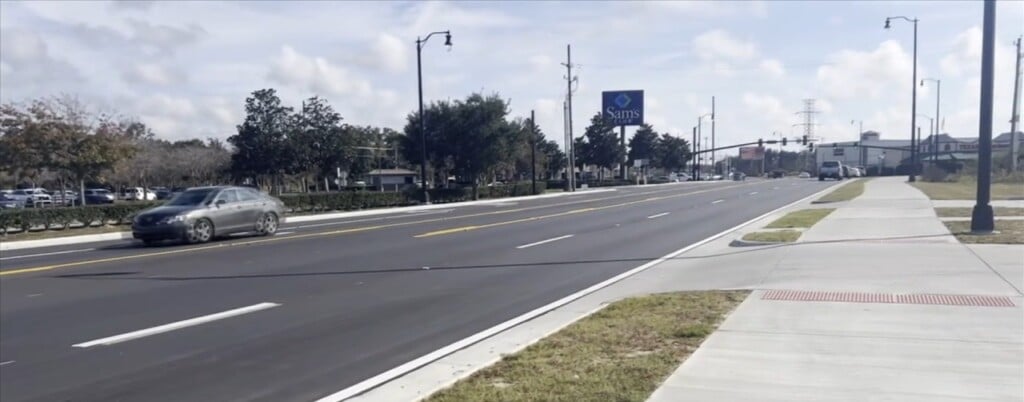How agencies are battling the flow of illegal weapons and drugs along the I-10 corridor in South Mississippi
It’s one of the busiest interstates in the country, and it runs right through the heart of South Mississippi.
I-10, it’s a vital corridor that connects Mississippi to Louisiana and Alabama but it’s also a critical corridor for criminals and Mexican cartels to distribute millions of dollars worth of illegal items to the region and beyond.
Steven Hofer is the special agent in charge of the DEA New Orleans Sector, overseeing the fight against the flow of illegal drugs in the Mississippi, Alabama, and Louisiana region. He says I-10 is one of the most effective ways cartels have in not only exporting product, but also making sure that they money made on the other end makes it way back south of the border.
“They’re trying to smuggle the chemicals it takes to produce these illegal drugs, the final product trying to go to where the customer point is, and then the money or the proceeds have to go back most likely to their original producer or the original kingpin back in Mexico.”
Seizures of cocaine, heroine, methamphetamine, fentanyl and large volumes of marijuana are common along the I-10 corridor in the region, but trafficking doesn’t just stop at narcotics.
“Also don’t forget there’s plenty of other crimes that we come across, either hand and hand with the drugs or separately. That is illegal gun trafficking, there’s money laundering, there’s human smuggling. All of those we come across on a daily basis.”
Collaboration with state and local agencies is one of the most effective strategies the DEA has in the fight against illegal activity on 1-10, and that’s where officers like Sergeant Sexton of the Harrison County Interdiction Unit come into play.
“Interdiction is ultimately interdicting crime that goes from Point A to Point B, intercepting that before it becomes a bigger issue,” says Sergeant Sexton.
A large part of how interdiction units perform their jobs is by keeping a a very watchful eye over I-10.
“We conduct a lot of traffic stops, our unit is trained to detect nervous behavior, criminal activity, and trained to take that traffic stop one step further if that needs to happen.”
And when it does go one step further to a search, criminals get very creative to make sure whatever they’re trafficking doesn’t fall into law enforcement hands. This can be seen in just a few seizures from the interdiction squad, in which $490,000 was found hidden in a tractor trailer, and another 25 pounds of fentanyl seized in an everyday traffic stop. Sergeant Sexton says it’s not very often they go less than 3 weeks without a major bust, and Sean Tindell, the Commissioner for the Mississippi Department of Public Safety, says these sort of busts in recent years have become more than common.
“Last year during the Biden Administration we sized over 100,000 grams of methamphetamine. The year before that I think we seized over 10,000 grams of fentanyl along these three coastal counties. A lot of that is the direct flow of I-10 coming through all three of our coastal counties.”
Recently MDPS met with Kash Patel, the Director of the FBI to discuss more ways to address the flow of illegal items and immigrants into the state. When it comes to this fight against illegal trafficking on 1-10, Commissioner Tindell says it once again all comes back to a united front.
“What we have to do is work together, because what the criminals like is when we’re not working together. They’re working together they’re trying to sell these drugs and damage our communities. The one thing they’d love to see is a fractured law enforcement community, so by working together and collaboration we can help stop the flow of those drugs and illegal firearms into our communities.
After COVID overdoses were at a record high, but DPS says that number has now fallen by 40 percent as agencies across the state continue their fight for a safer Mississippi.



